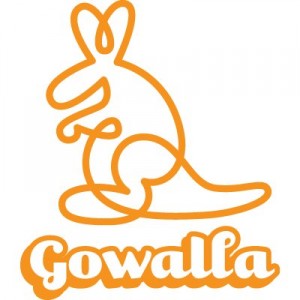Early product decisions
 Gowalla’s founder, now a product manager at Facebook, writing about the early competition between Foursquare and Gowalla:
Gowalla’s founder, now a product manager at Facebook, writing about the early competition between Foursquare and Gowalla:
In short, all else equal, we believed people would use our service because of its superior craft and availability.
The early story of Gowalla and Foursquare provides a good lesson on product development at the earliest stages of a company.
Gowalla launched with a beautiful design and was available in any city. Foursquare looked terrible and only worked in a dozen cities. But “Foursquare’s first cut proved more accessible and less fussy to the common crowd than [Gowalla].”
Foursquare was simpler to understand and easier to use. Whether intentional or not, the limited availability helped create niches from which the service could expand out from.
Design is clearly critical for consumer-facing products. But recently our industry has overvalued design in the ‘how it looks’ sense and undervalued design in the ‘how it works’ sense. The phenomenal growth, and ugly appearance, of Snapchat is another data point in support of prioritizing how it works over how it looks.
Foursquare’s triumph was due to reasons beyond just product decisions. The early product decisions did matter though, and the focus of Foursquare paid off.
On a personal note, I was living in NYC during these years and was in Austin when the apps launched. The NY tech ecosystem was starting to accelerate and the community collectively put their weight behind Dennis and Naveen. It felt like we understood that helping Foursquare succeed would help the world understand the special thing that was happening in New York.